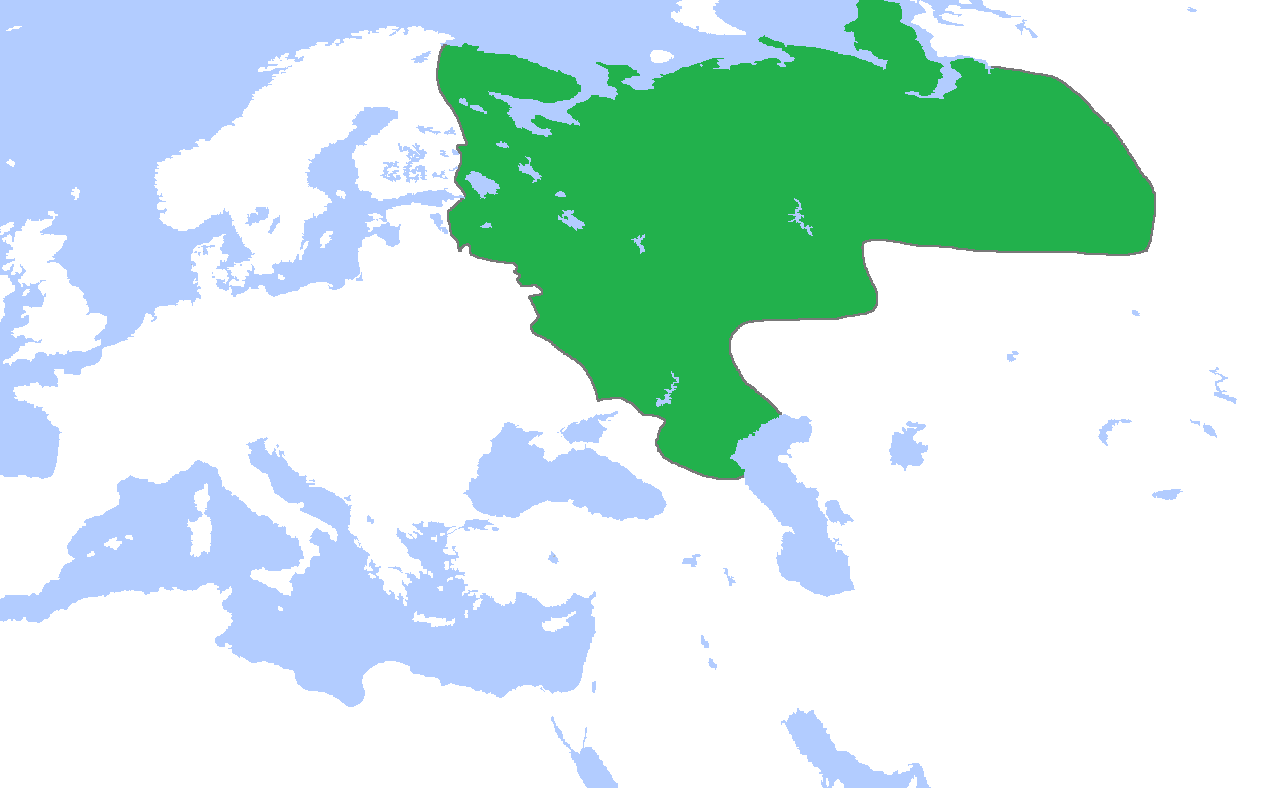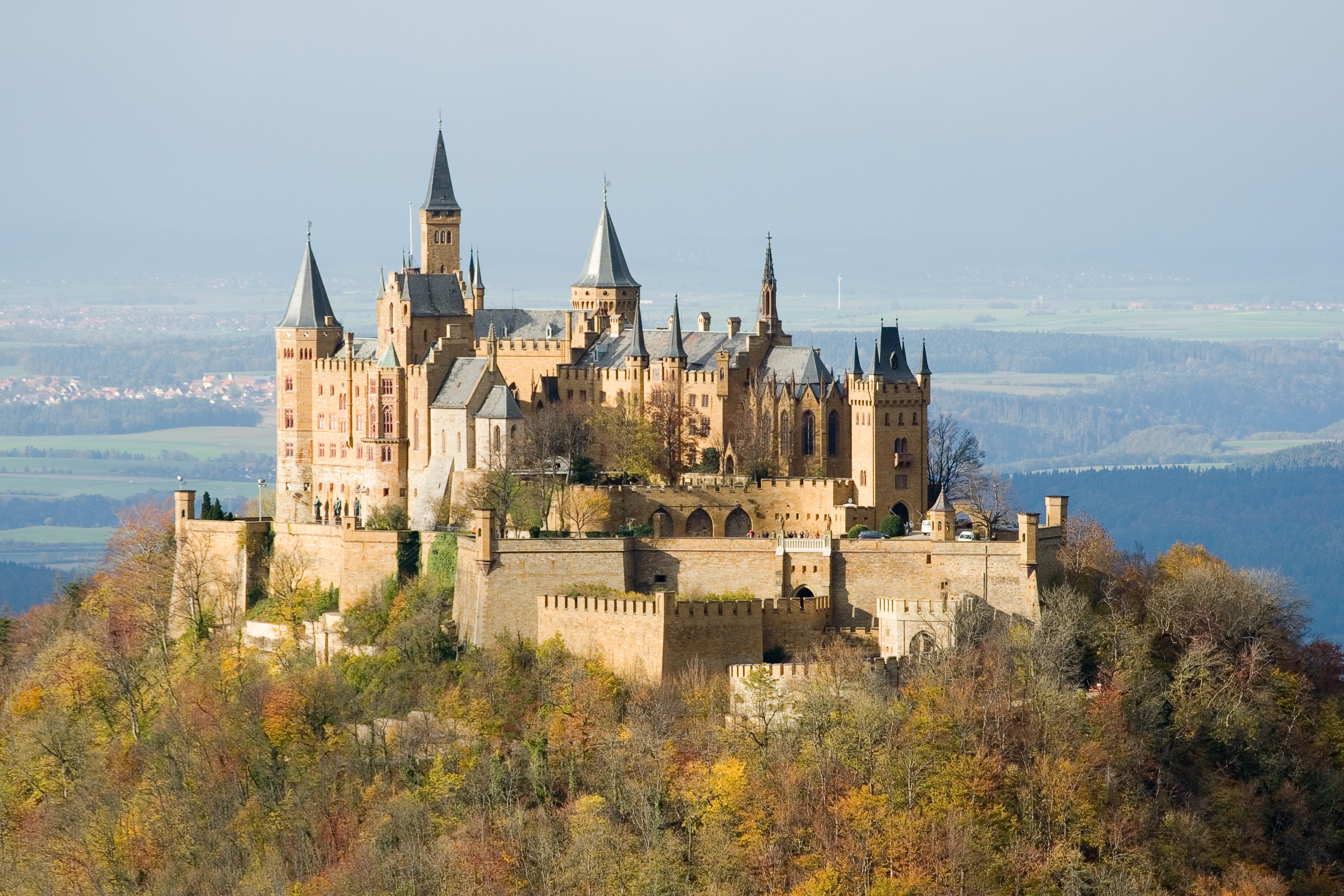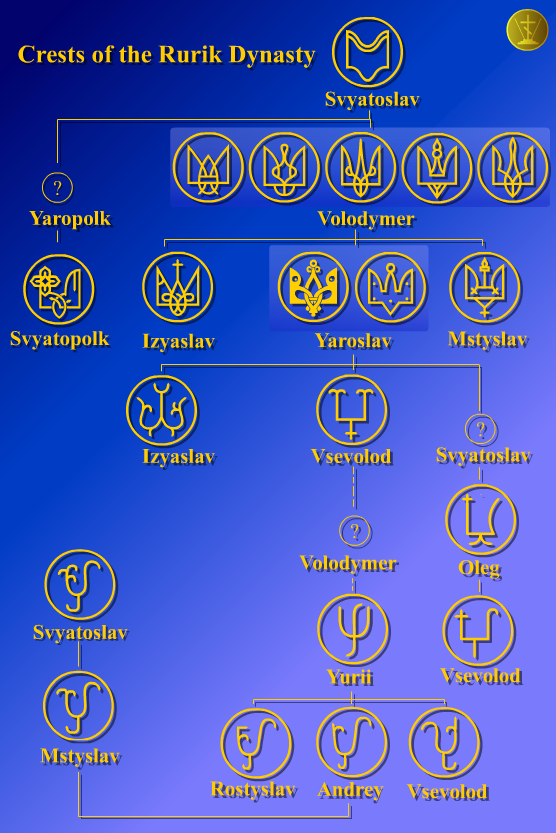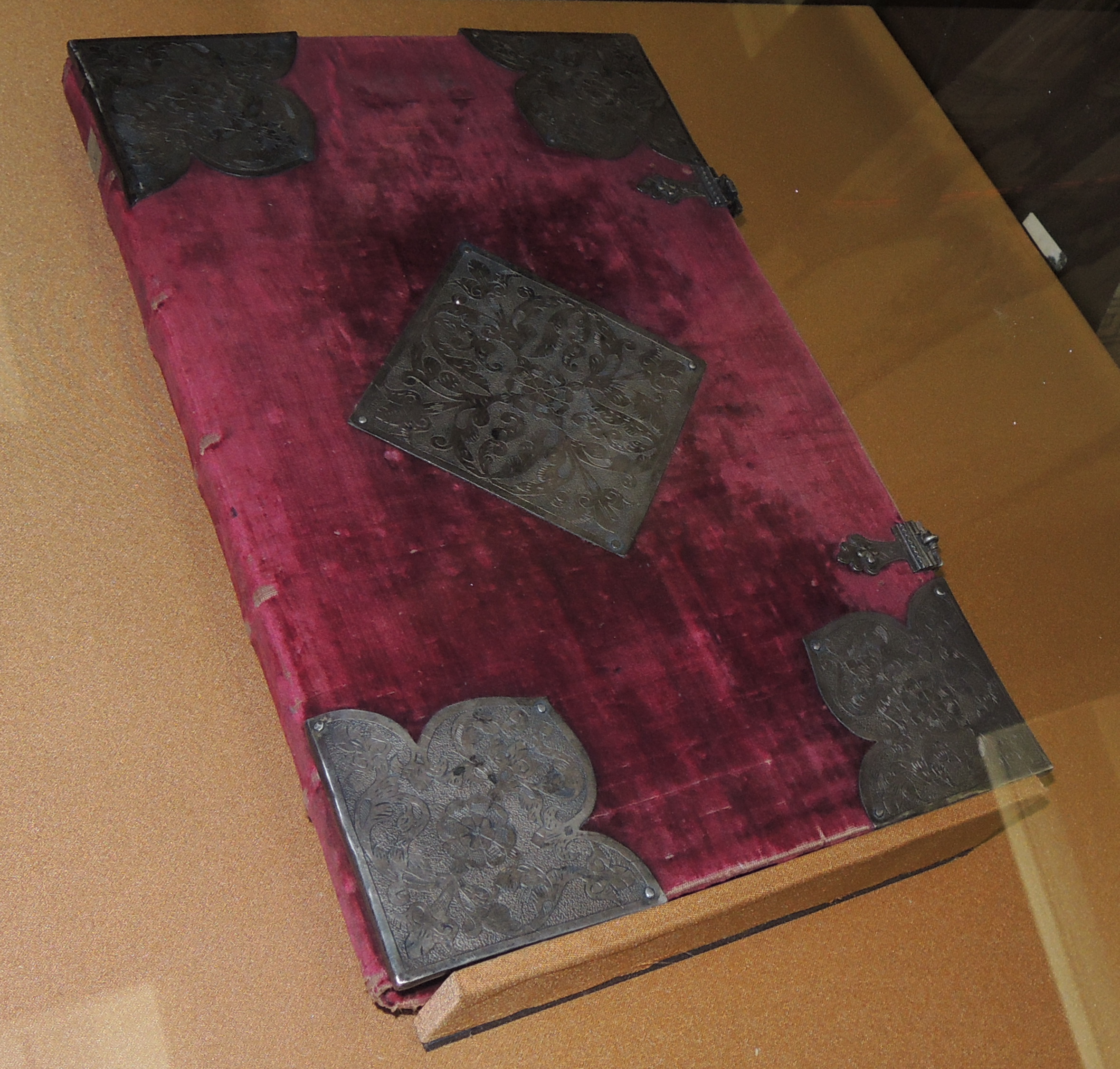|
1598
Events January–March * January 8 – In Berlin, Joachim Frederich of the House of Hohenzollern becomes the new Elector of Brandenburg upon the death of his father, Johann Georg von Brandenburg. * January 17 – The Tsar of the Russian Empire, Feodor I, dies of a sudden illness at the age of 40, leaving no children and bringing an end to the Rurik dynasty. His widow, Irina Godunova, takes action to secure the throne but her rule lasts for only nine days. * January 26 – After receiving no support from the Russian nobles, the Tsaritsa Irina Godunova abandons her brief rule as autocrat of Russia, and abdicates in favor of her older brother, Boris Godunov. * January 29 – In what is now South Korea, a force of 50,000 troops of the Korean kingdom of Joseon and Chinese Ming dynasty troops begins the siege of Ulsan, a Japanese-controlled castle located in the southwest port of Ulsan on the Sea of Japan. * January 30 – In Italy Cesare d'Este moves the capital of ... [...More Info...] [...Related Items...] OR: [Wikipedia] [Google] [Baidu] |
Siege Of Ulsan
The siege of Ulsan () was an unsuccessful Ming-Joseon attempt to capture Ulsan from the Japanese. The siege lasted from 26 January to 19 February 1598. Background Yang Hao, Ma Gui, and Gwon Yul met up at Gyeongju on the 26 January 1598 and marched on Ulsan with an army of 50,000. Battle The allied army reached Ulsan on 29 January. The battle began with a false retreat that lured the Japanese garrison into a frontal attack. They were defeated with 500 losses and were forced to retreat to Tosan fortress. The allies occupied the city of Ulsan. On 30 January the allies bombarded the fortress and then took the outer wall of Tosan. The Japanese abandoned much of their food supplies and retreated into the inner fortress. The allies assaulted the inner fortress, at one point even taking a portion of the wall, but suffered heavy casualties. Their cannons were of no help since the fortress was situated too high to reach. Eventually the attack was called off, and a long siege began. ... [...More Info...] [...Related Items...] OR: [Wikipedia] [Google] [Baidu] |
List Of Russian Monarchs
This is a list of all reigning monarchs in the history of Russia. The list begins with the semi-legendary prince Rurik of Veliky Novgorod, Novgorod, sometime in the mid-9th century, and ends with Nicholas II, who abdicated in 1917, and was Execution of the Romanov family, executed with his family in 1918. Two dynasties have ruled Russia: the Rurikids (862–1598) and House of Romanov, Romanovs (from 1613). The vast territory known as Russia covers an area that has been ruled by various polities since the 9th century, including Kievan Rus', the Grand Principality of Vladimir, the Grand Principality of Moscow, the Tsardom of Russia and the Russian Empire, and the sovereigns of these polities have used a range of titles. Some of the earliest titles include ''knyaz'' and ''Grand prince, veliky knyaz'', which mean "prince" and "grand prince" respectively, and have sometimes been rendered as "duke" and "grand duke" in Western literature. After the centralized Russian state was formed, ... [...More Info...] [...Related Items...] OR: [Wikipedia] [Google] [Baidu] |
John George, Elector Of Brandenburg
John George of Brandenburg (; 11 September 1525 – 8 January 1598) was a prince-elector of the Margraviate of Brandenburg (1571–1598). Early life Born as a member of the House of Hohenzollern, he was the son of Joachim II Hector, Elector of Brandenburg, and his first wife Princess Magdalena of Saxony. Biography Faced with large debts of 2.5 million guilder accumulated during the reign of his father, John George instituted a grain tax which drove part of the peasantry into dependence on a nobility that was exempt from taxation. He had Jews expelled from Brandenburg in 1573, stripped of their assets and prohibited from returning. Though a staunch Lutheranism, Lutheran opposed to the rise of Calvinism, he permitted the admission of Calvinist refugees from the wars in the Spanish Netherlands and Kingdom of France, France. On 13 July 1574, he founded the Evangelisches Gymnasium zum Grauen Kloster, Berlinisches Gymnasium zum Grauen Kloster, the first humanistic educational in ... [...More Info...] [...Related Items...] OR: [Wikipedia] [Google] [Baidu] |
Irina Godunova
Irina Feodorovna Godunova (; 1557 – 26 October 1603 "Ирина Феодоровна." ''Russian Biographical Dictionary''.), also known by her monastic name Alexandra (), was the tsaritsa consort of all Russia by marriage to Feodor I from 1584 until his death on . As her husband died childless, she was the ''de facto'' ruler of Russia until she retired to Novodevichy Convent nine days later. She remained the nominal ruler of Russia until her brother Boris Godunov was elected tsar on . Life The precise dates of some of the events in Irina's life are uncertain. Most sources indicate that she was picked by Ivan the Terrible to be the wife of the tsarevich Feodor in 1580 or 1581, although some sources say this occurred as early as 1574. At 23 or 24 (assuming the latter dates), she would have been considered old for a bride in Muscovy, where the common age for marriage was in the mid-teens, and it is not certain why she married so relatively late in life. Her marriage was arrang ... [...More Info...] [...Related Items...] OR: [Wikipedia] [Google] [Baidu] |
Feodor I Of Russia
Feodor I Ioannovich () or Fyodor I Ivanovich (; 31 May 1557 – 17 January 1598), nicknamed the Blessed (), was Tsar of all Russia from 1584 until his death in 1598. Feodor's mother died when he was three, and he grew up in the shadow of his father, Ivan the Terrible. He was a pious man of retiring disposition and possibly suffered from mental disability. He took little interest in politics, and the country was effectively administered in his name by Boris Godunov, the brother of his beloved wife Irina Godunova, Irina. He died childless and was succeeded by Godunov as tsar, marking the end of the rule of the Rurikids, Rurik dynasty and spurring Russia's descent into the catastrophic Time of Troubles. He is listed in the Synaxarium, Great Synaxaristes of the Eastern Orthodox Church, with his feast day on January 7 (Eastern Orthodox liturgics), 7 January (O.S.). Early life Feodor was born on 31 May 1557 in Moscow, the third son of Ivan the Terrible by his first wife Anastasia ... [...More Info...] [...Related Items...] OR: [Wikipedia] [Google] [Baidu] |
Boris Godunov
Boris Feodorovich Godunov (; ; ) was the ''de facto'' regent of Russia from 1585 to 1598 and then tsar from 1598 to 1605 following the death of Feodor I, the last of the Rurik dynasty. After the end of Feodor's reign, Russia descended into the Time of Troubles. Early years Boris was the son of Feodor Ivanovich Godunov "Krivoy" (, died c. 1568–1570) and his wife Stepanida Ivanovna. His older brother Vasily died young and without issue. There is a version according to which the Godunovs were descended from the Tatar ''murza'' Chet, who came to Russia in 1330 during the reign of Ivan Kalita. This version was included in later editions of the 16th-century '' Gosudarev Rodoslovets'', but historians have raised doubts about this version of Godunov's ancestry due to various chronological and genealogical issues. Godunov's career began at the court of Ivan the Terrible. He is mentioned in 1570 for taking part in the Serpeisk campaign as an archer of the guard. The following yea ... [...More Info...] [...Related Items...] OR: [Wikipedia] [Google] [Baidu] |
Joachim Frederick, Elector Of Brandenburg
Joachim Frederick (27 January 1546 – 18 July 1608), of the House of Hohenzollern, was Prince-elector of the Margraviate of Brandenburg from 1598 until his death. Biography Joachim Frederick was born in Cölln to John George, Elector of Brandenburg, and Sophie of Legnica. He served as administrator of the Archbishopric of Magdeburg from 1566 to 1598, then succeeded his father as Elector of Brandenburg in 1598. Joachim Frederick was succeeded at his death by his son John Sigismund. Joachim Frederick's first marriage on 7 March 1570 was to Catherine of Brandenburg-Küstrin, daughter of John, Margrave of Brandenburg-Küstrin, and Catherine of Brunswick-Wolfenbüttel. Joachim Frederick and Catherine of Brandenburg-Küstrin had these children: * John Sigismund, Elector of Brandenburg (8 November 1572 – 23 December 1619) * Anne Catherine (26 June 1575 – 29 March 1612), married King Christian IV of Denmark *Girl 576* John George, Duke of Jägerndorf (16 Dece ... [...More Info...] [...Related Items...] OR: [Wikipedia] [Google] [Baidu] |
Joseon
Joseon ( ; ; also romanized as ''Chosun''), officially Great Joseon (), was a dynastic kingdom of Korea that existed for 505 years. It was founded by Taejo of Joseon in July 1392 and replaced by the Korean Empire in October 1897. The kingdom was founded following the aftermath of the overthrow of Goryeo in what is today the city of Kaesong. Early on, Korea was retitled and the capital was relocated to modern-day Seoul. The kingdom's northernmost borders were expanded to the natural boundaries at the rivers of Yalu River, Amnok and Tumen River, Tuman through the subjugation of the Jurchen people, Jurchens. During its 500-year duration, Joseon encouraged the entrenchment of Korean Confucianism, Confucian ideals and doctrines in Korean society. Neo-Confucianism was installed as the new state's ideology. Korean Buddhism, Buddhism was accordingly discouraged, and occasionally Buddhists faced persecution. Joseon consolidated its effective rule over the Korean peninsula and saw the he ... [...More Info...] [...Related Items...] OR: [Wikipedia] [Google] [Baidu] |
House Of Hohenzollern
The House of Hohenzollern (, ; , ; ) is a formerly royal (and from 1871 to 1918, imperial) German dynasty whose members were variously princes, Prince-elector, electors, kings and emperors of Hohenzollern Castle, Hohenzollern, Margraviate of Brandenburg, Brandenburg, Prussia, the German Empire, and Kingdom of Romania, Romania. The family came from the area around the town of Hechingen in Swabia during the late 11th century and took their name from Hohenzollern Castle. The first ancestors of the Hohenzollerns were mentioned in 1061. The Hohenzollern family split into two branches, the Catholic Church, Catholic Swabian branch and the Protestantism, Protestant Burgraviate of Nuremberg#List of burgraves, Franconian branch,''Genealogisches Handbuch des Adels, Fürstliche Häuser'' XIX. "Haus Hohenzollern". C.A. Starke Verlag, 2011, pp. 30–33. . which ruled the Burgraviate of Nuremberg and later became the Brandenburg-Prussian branch. The Swabian branch ruled the principalities of Hoh ... [...More Info...] [...Related Items...] OR: [Wikipedia] [Google] [Baidu] |
List Of Rulers Of Brandenburg
This article lists the Margraves and Prince-elector, Electors of Margraviate of Brandenburg, Brandenburg during the time when Brandenburg was a constituent state of the Holy Roman Empire. The Mark, or ''March'', of Brandenburg was one of the primary constituent states of the Holy Roman Empire. It was created in 1157 as the Margraviate of Brandenburg by Albert the Bear, Margrave of the Northern March. In 1356, by the terms of the Golden Bull of 1356, Golden Bull of Charles IV, Holy Roman Emperor, Charles IV, the Margrave of Brandenburg was given the permanent right to participate in the Imperial election, election of the Holy Roman Emperor with the title of Elector (). The early rulers came from several different dynasties, but from 1415 Brandenburg and its successor states were ruled by the House of Hohenzollern for over 500 years. From 1618 onward, Brandenburg was ruled in personal union with the Duchy of Prussia. The Hohenzollerns raised Prussia to a kingdom as the Kingdom of Pru ... [...More Info...] [...Related Items...] OR: [Wikipedia] [Google] [Baidu] |
Rurikids
The Rurik dynasty, also known as the Rurikid or Riurikid dynasty, as well as simply Rurikids or Riurikids, was a noble lineage allegedly founded by the Varangian prince Rurik, who, according to tradition, established himself at Novgorod in the year 862. The Rurikids were the ruling dynasty of Kievan Rus' and its principalities following its disintegration. The ''Romanovichi'' ruled the southwestern territories, which were unified by Roman the Great and his son Daniel, who was in 1253 crowned by Pope Innocent IV as the king of Ruthenia. Galicia–Volhynia was eventually annexed by Poland and Lithuania. The northern and northeastern territories were unified by the ''Daniilovichi'' of Moscow; by the 15th century, Ivan III threw off the control of the Golden Horde and assumed the title of sovereign of all Russia. Ivan IV was crowned as the tsar of all Russia, where the Rurik line ruled until 1598, following which they were eventually succeeded by the House of Romanov. As a rul ... [...More Info...] [...Related Items...] OR: [Wikipedia] [Google] [Baidu] |
Zemsky Sobor
The ''Zemsky Sobor'' ( rus, зе́мский собо́р, p=ˈzʲemskʲɪj sɐˈbor, t=assembly of the land) was a parliament of the Tsardom of Russia's estates of the realm active during the 16th and 17th centuries. The assembly represented Russia's feudal classes in three categories: Russian nobility, Nobility and the high bureaucracy, the ''Synod#Orthodox, Holy Sobor'' of the Eastern Orthodox Church, Orthodox clergy, and representatives of "commoners" including merchants and townspeople. Assemblies could be summoned either by the tsar, the patriarch, or the boyar duma, to decide current agenda, controversial issues or enact major pieces of legislation. Tsardom of Russia In the 16th century, Tsar Ivan the Terrible held the first ''Zemsky Sobor'' in 1549, holding several assemblies primarily as a Rubber stamp (politics), rubber stamp but also to address initiatives taken by the lower nobility and townspeople. Times of Troubles The Time of Troubles saw the Zemsky Sobor e ... [...More Info...] [...Related Items...] OR: [Wikipedia] [Google] [Baidu] |





